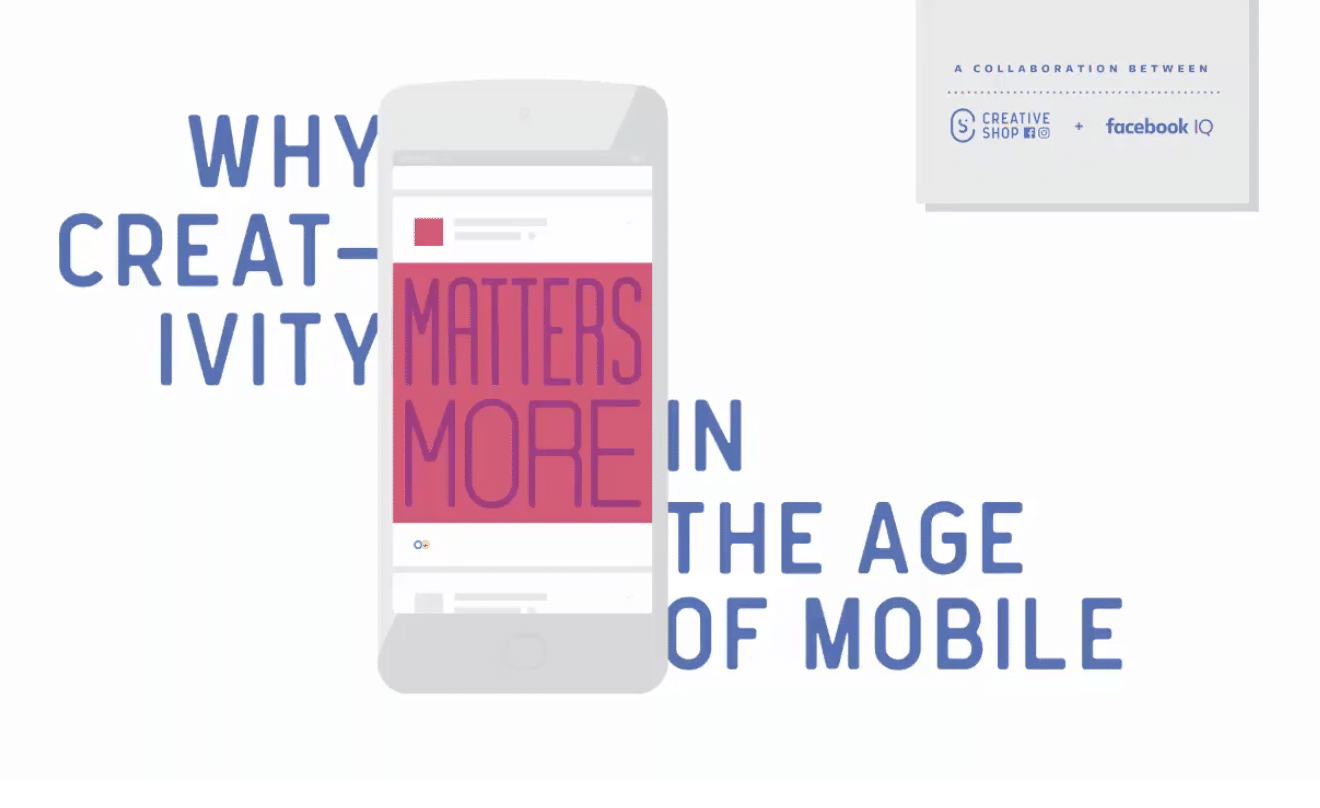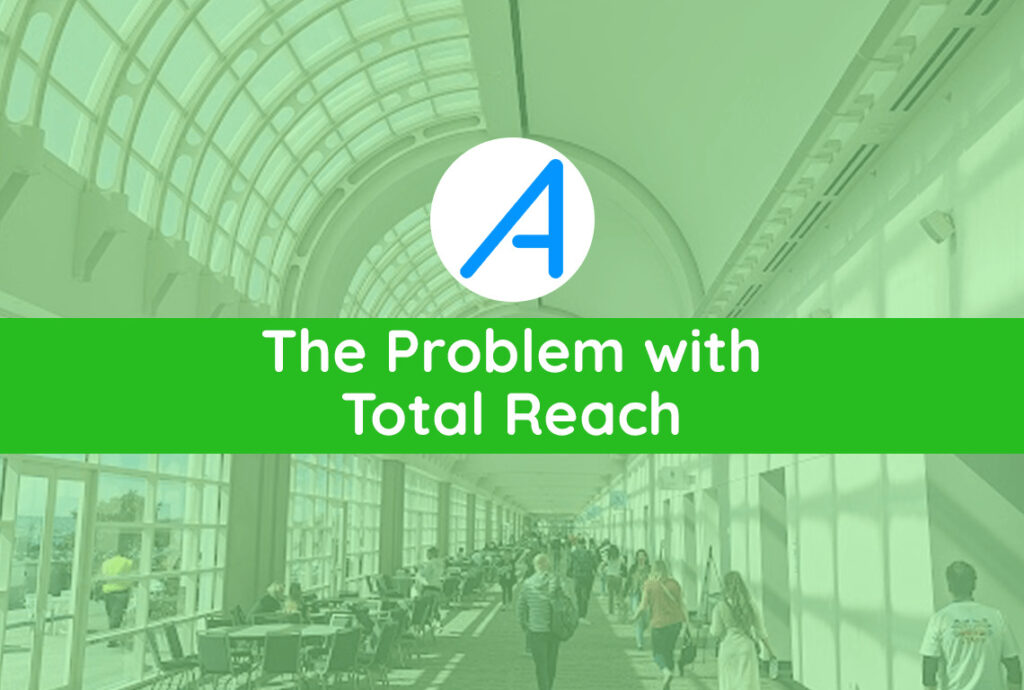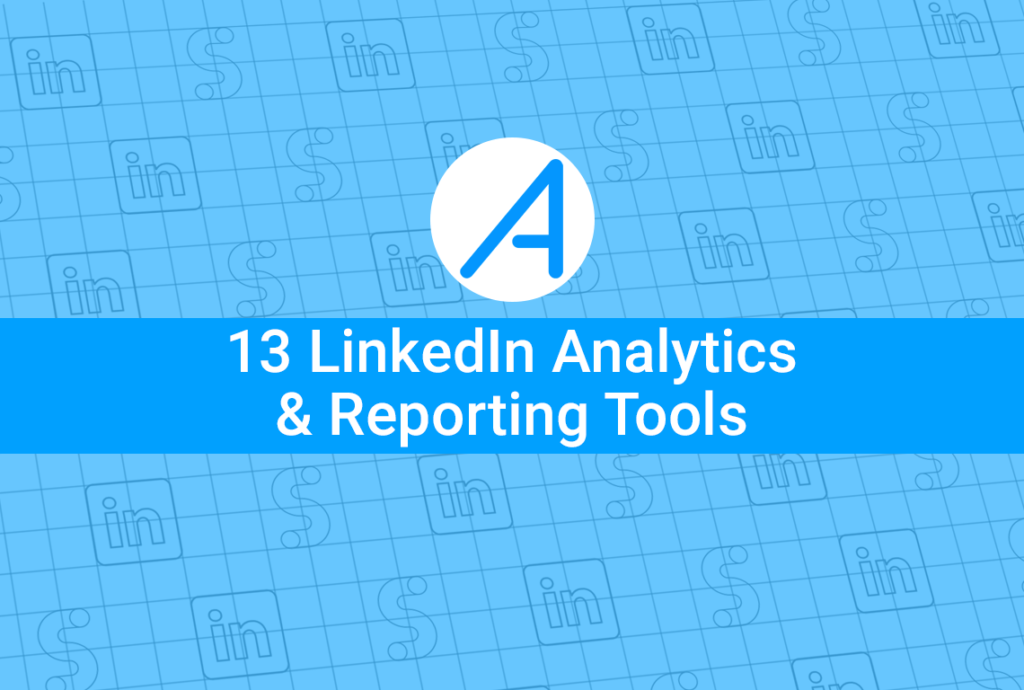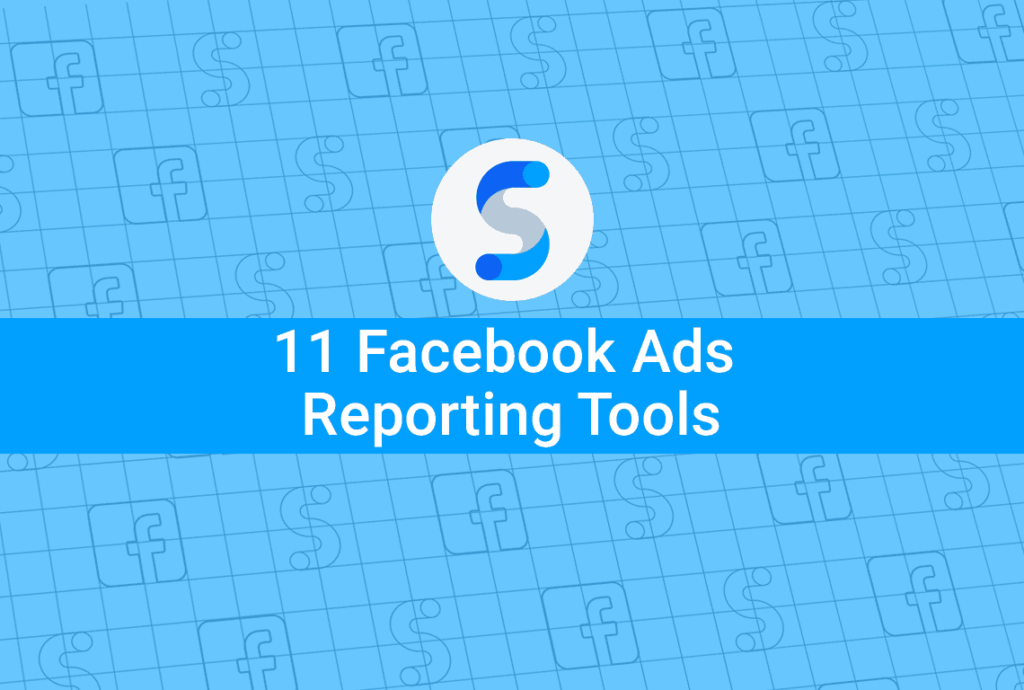How does content consumed in the palm of your hand versus content seen on a TV screen impact consumption?
A very relevant and interesting question posed by Facebook’s Ad Research & Marketing Science Team.
The webinar dealt with 2 years worth of research and over 2,000 ads run over Facebook and Instagram, to show how people engage with mobile and feed-based environments and what this means for executing creative.
The answer – not so simple. Here’s everything you missed from Facebook’s ‘Creativity in the Age of Mobile’ Webinar.
Mobile Behaviour is Different in 4 Main Ways;
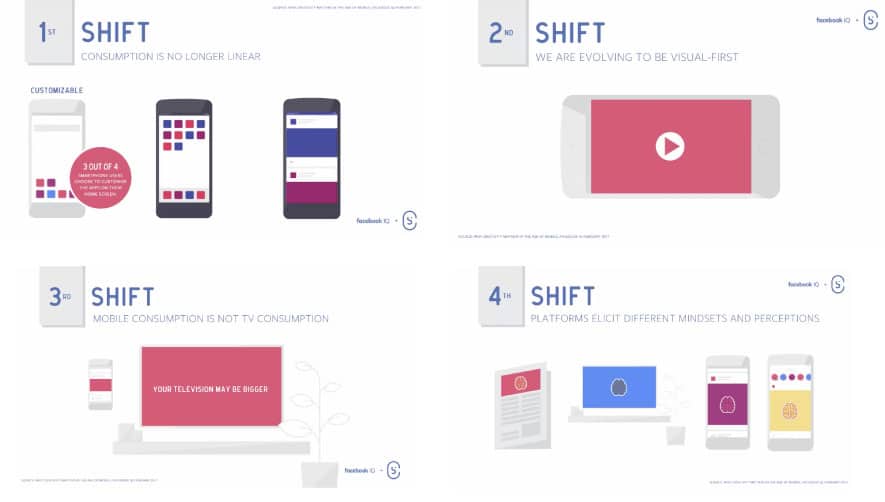
Source: Facebook
1. CONSUMPTION IS NO LONGER LINEAR
- it’s customisable (3/4 mobile users choose to customise their home screen with apps of their choosing)
- it’s frequent – our phones are very rarely out of hands reach
- it’s fast – people can look at and process content faster on a mobile device than on a desktop (able to recall content after only seeing it for a quarter of a second)
- mobile content is consumed wherever, whenever and in whatever order a person wants, rather than traditional content which is consumed from beginning to end
2. IT’S VISUAL
- the proliferation of cameras on phones means it has never been easier to communicate using photos and videos
- 3/5 most used apps in the US are photo, video and visual-first
- May 2016 – Nov 2016, the number of people going ‘live’ globally grew X4
3. IT’S BIOMETRICALLY DIFFERENT THAN OTHER DEVICES
- “The physical difference of where content is consumed leads to a different viewing experience, and can trigger different cognitive reactions to the same piece of content” – Facebook
- Studies found that although TV has an objective size advantage over a mobile phone, the fact that phones are viewed at a close range means the perceived size is similar (Sales Brain Commissioned Study)
- People have a stronger emotional reaction and a higher level of cognitive engagement when watching content on their phones while people showed signs of distraction while watching TV (Sales Brain Commissioned Study)
- In regards to the sequence of mediums that people are exposed to during campaigns, priming using mobile instead of TV has a stronger impact (Neuro Insights Commissioned Study)
4. IT’S DIFFERENT ACROSS ENVIRONMENTS
- People’s intention for using a platform influence how they perceive and evaluate the content they see there
- People in Australia, Brazil, France, Germany, Japan, the UK and the US, open Facebook to satisfy their need for connection and gain recognition (Facebook Survey)
- People turned to Instagram to relax and discover new content
- Placing an ad on Instagram elevates the adds perceived aesthetic value (Facebook Survey)
5 Mobile-Driven Implications of Marketing
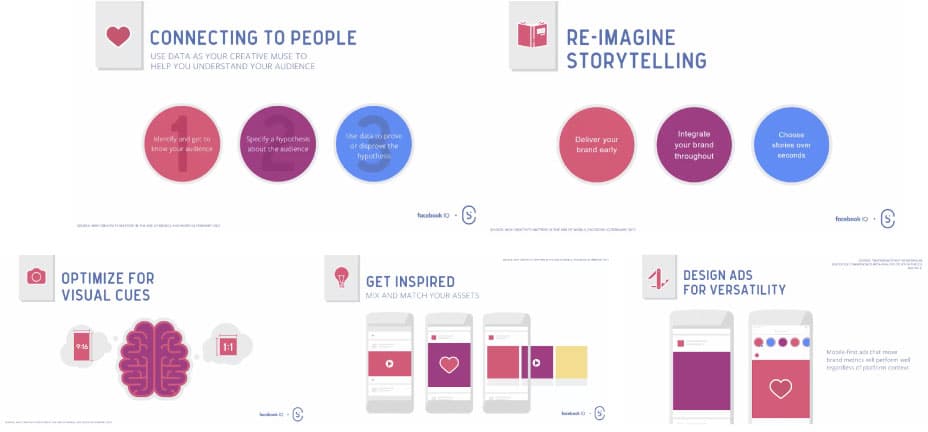
Source: Facebook
1. CONNECTING TO PEOPLE
- Identify and get to know your target audience
- Specify a hypothesis about the audience
- Use data to prove or disprove the hypothesis
2. RE-IMAGINING STORY TELLING
- Lab Metrics study was conducted in Asia, Europe and North America to better understand how Facebook creative is impacted by different branding and messaging tactics
- North America Results: ads that delivered the key message within the first 10 seconds correlated with stronger message recall
- Europe Results: ads that delivered the main message sooner correlated with longer views.
- Branding also played a role in the effectiveness of the ad, with early branding appearing in the first 3 seconds of the video, tending to have a higher message recall
- Including branding early helps to mitigate the amount of dropoff
- Choose stories over seconds – shorter videos force advertisers to have messaging and branding early on in their ad, leading to more people seeing that message
3. OPTIMISE FOR VISUAL CUES
- New brand display ads benefitted from using a combination of text and imagery whereas established brands could use more imagery to generate memory activation (Neilson Commissioned Study)
- Taking advantage of mobile screens created more recognition for brands as well as easier recognition for viewers
- Square and vertical assets take the most advantage for pixels on the screen and are more immersive formats that can help add more attention to your feed
4. MIX AND MATCH YOUR ASSETS
- Facebook Ads Research has shown that mixing formats online greatly impacts ad performance
- By mixing assets you are ensuring that people are seeing content that is most likely to grab their attention
- Study commissioned by Facebook showed that a video followed up by a static image drove the most conversions
5. DESIGN ADS FOR VERSATILITY
- Study commissioned by Facebook found that irregardless of the type of ad (Facebook or Instagram), if the ad was good, it would work on either platform
